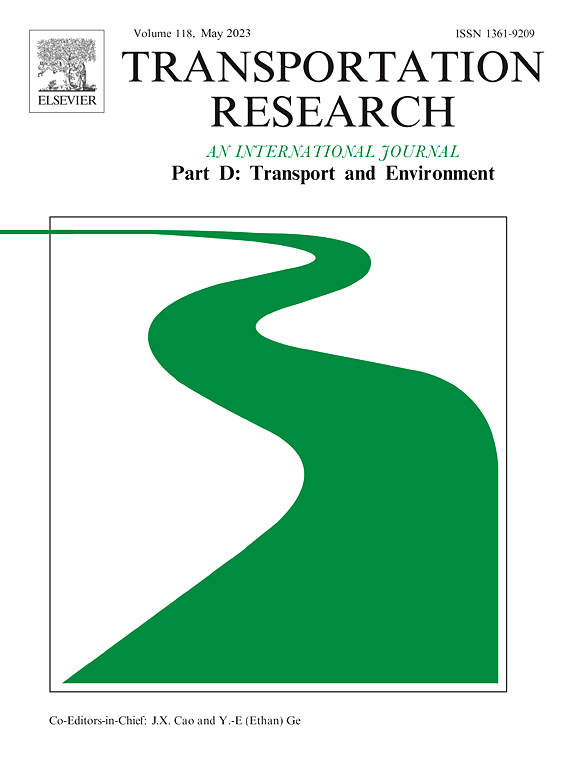Estimating public transport emissions from GTFS data

Super glad to see this study finally published:
- Vieira, J. P. B., Pereira, R. H., & Andrade, P. R. (2023). Estimating public transport emissions from General Transit Feed Specification data. Transportation Research Part D: Transport and Environment, 119, 103757.
You can download the ungated version of this paper (and all my publications) from this very website, here.
In this paper we introduce the gtfs2emis model, a bottom-up method to estimate environmental emissions of public transport systems at high spatial and temporal resolutions. The model only requires requires public transport data in the standard GTFS format and a table with general characteristics of the vehicle fleet profile, which makes the method easily applicable across the globe even for cities with limited data. The paper also demonstrates the gtfs2emis model with a case study estimating the total emissions & emissions per passenger of the public transport system of Sao Paulo. We also show that the city could emit ~25% less CO2 if buses with Euro III stage alone were electrified.
The model is available as an R package 📦. The package currently supports estimates of hot exhaust emissions of over 16 pollutants and energy consumption based on emission factor models from Europe, the United States, and Brazil. We’re expanding the 📦 to include more regions and emission sources such as cold-start, tire & brake wear.
What is most exciting is not this particular paper, but all the possibilities for research & policy applications opened up by gtfs2emis. It could help inform policies for low-carbon transition in several ways, for example estimating the environmental benefits of different electrification policy scenarios or fleet renewal investments. It could also be used to advance environmental justice research projects concerned with air quality and health exposure.
ps. In this previous post I mentioned a bit about the story behind the idea of the paper and the fact that the gtfs2emis model was shortlisted as a Finalist in the 2022 ITF Decarbonising Transport Award.